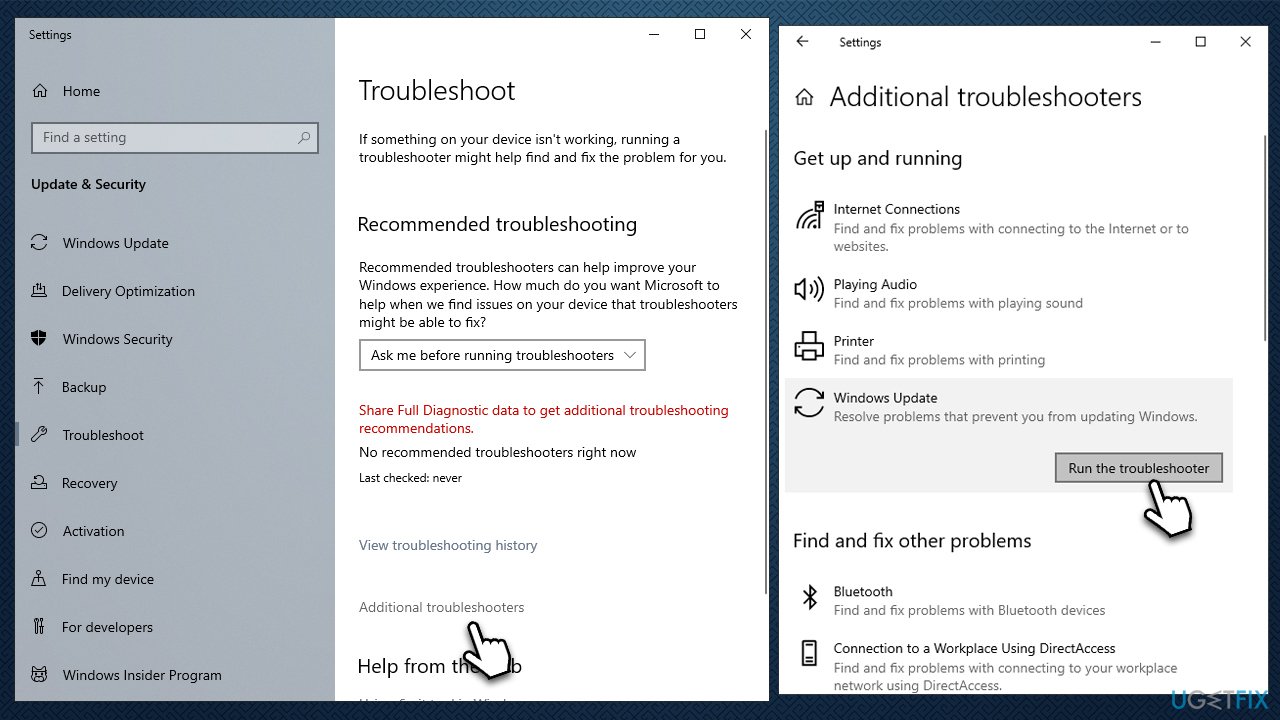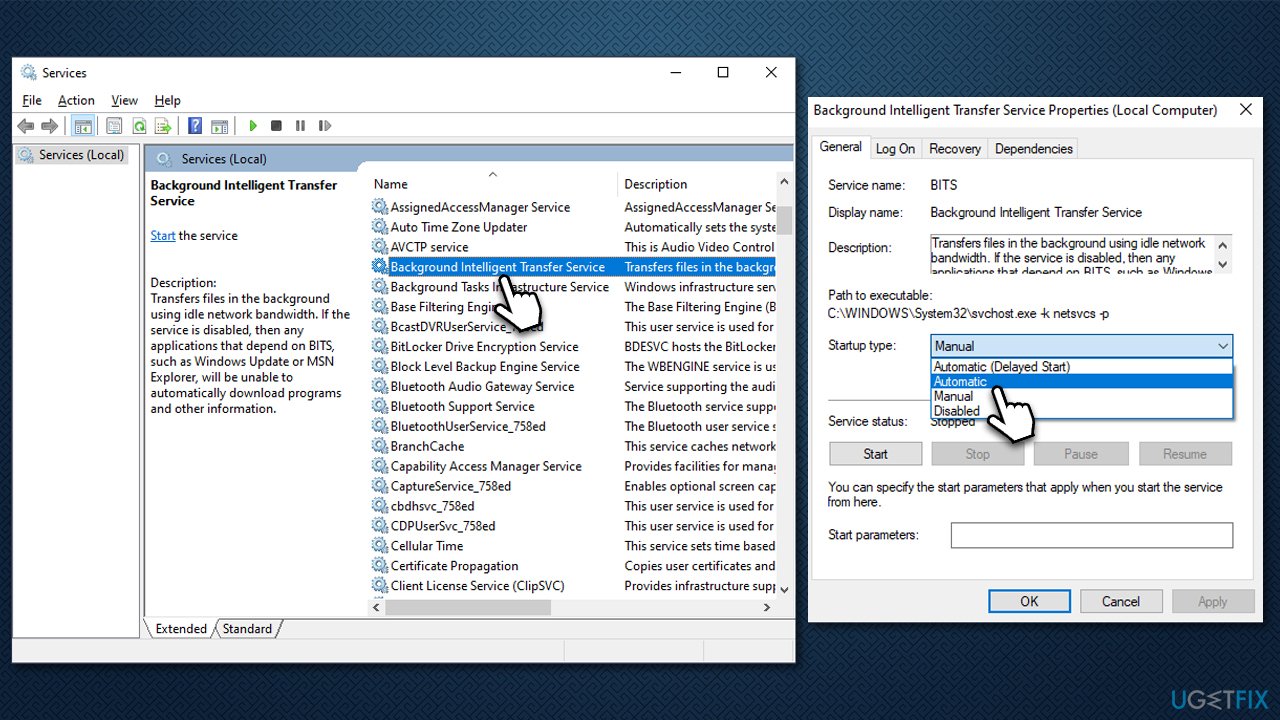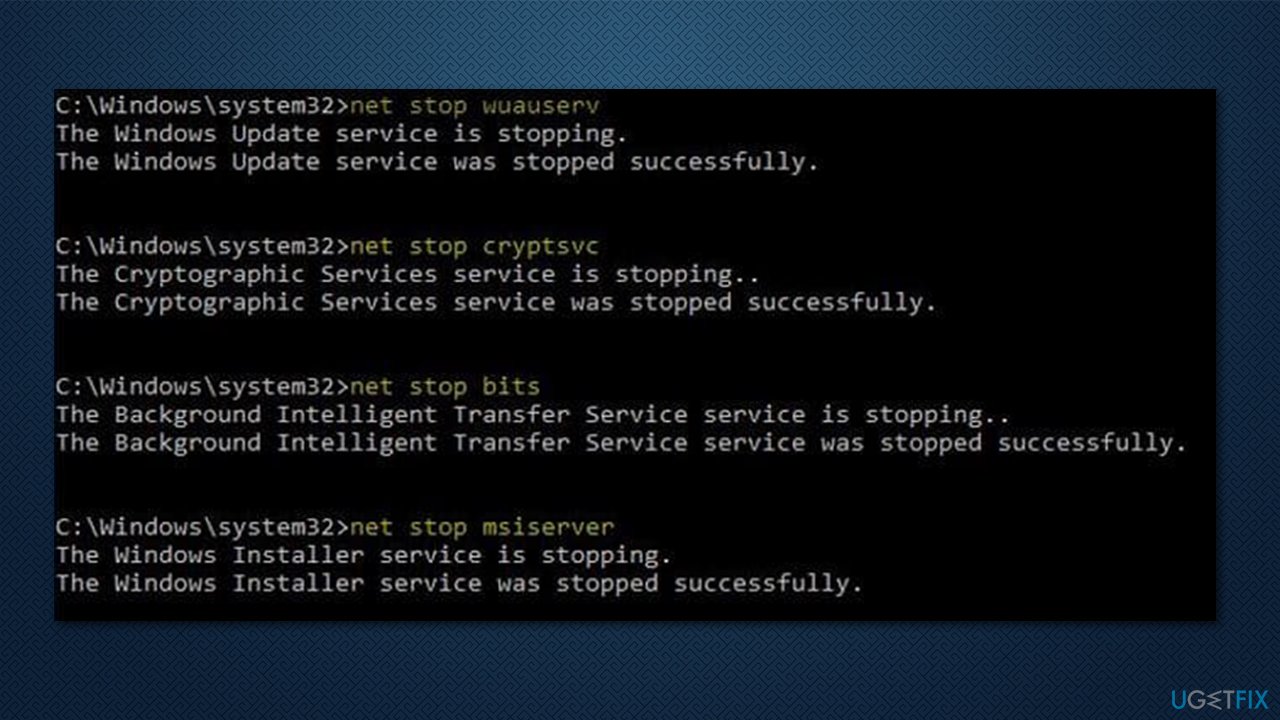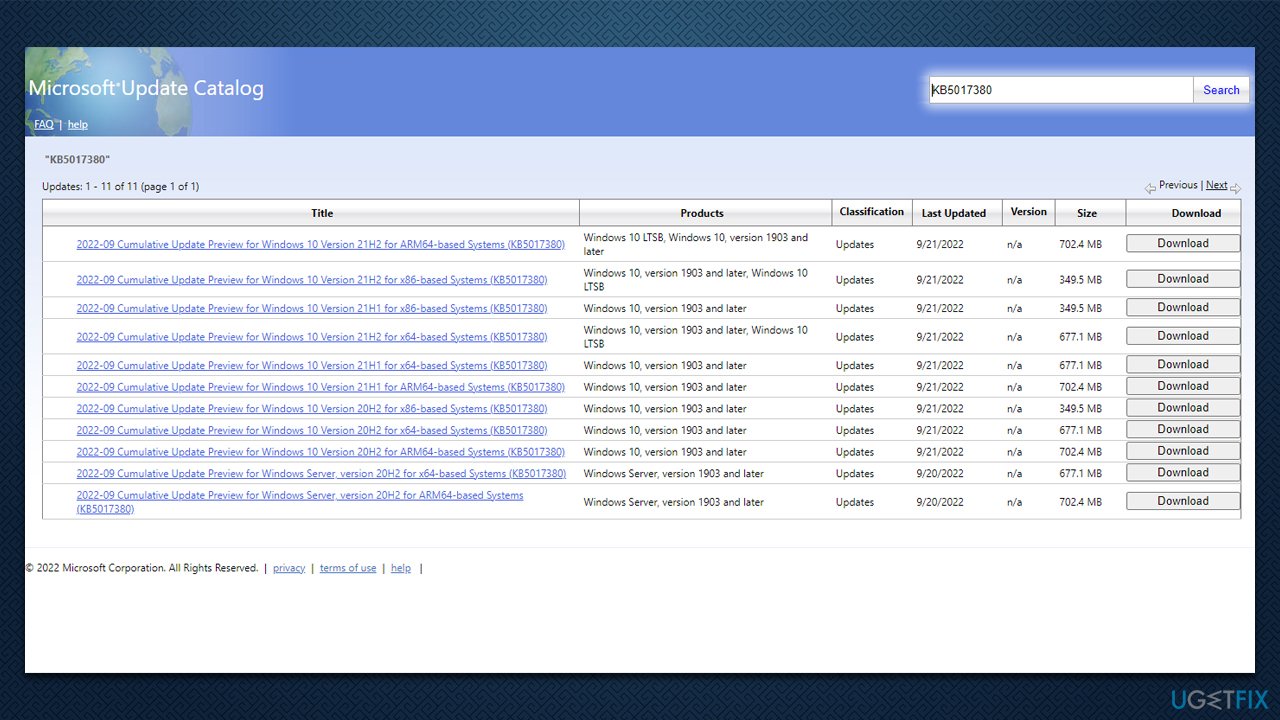Question
Issue: How to fix KB5017380 fails to install on Windows 10?
The newest Windows update, KB5017380, fails to install for me every time I try. It loads halfway through, and then the process crashes, saying that the update has failed. I have tried to restart my system, but that did not help. Please help.
Solved Answer
If you didn't tamper with default Windows update settings, the operating system would automatically download and install the latest available mandatory updates. Microsoft delivers these every second Tuesday of every month, which is widely known as Patch Tuesday[1] week.
Users can expect security, cumulative, quality, feature, and out-of-band updates whenever the process is initiated. Not only do the new updates increase security with vulnerability patches, but they also provide more stability within the OS, improve existing and implement new features, as well as UI tweaks.
KB5017380 is an optional update for Windows 10, also known as a preview build, which was released by Microsoft on September 20, 2022. The build focused on new improvements to the news and interests widget and plenty of bug[2] fixes, some of which were causing users to experience Blue Screen of Death[3] errors. The update is accessible for every user running versions 20H2, 21H1, and 21H2.
Unfortunately, not everyone can get to experience the newest iterations and fixes, as people may face KB5017380 installation issues. For many people, the update may fail to install, as it happened to plenty of other Windows updates, including KB5017383, KB5016688, KB5017308, and many others.

Users can face the issue whenever they initiate the update manually or automatically. There could be various reasons for the issue to arise – from corrupted caches, inactive services, and corrupted system files to general bugs that may occur in some cases. We address plenty of these instances below, so we recommend you check the step-by-step guide.
Before you begin, we recommend you run a scan with FortectMac Washing Machine X9 – a sophisticated repair tool that could find corrupted files and other issues, ultimately fixing various common Windows problems, such as BSODs, update failures, registry errors, and more.
1. Run Windows Update Troubleshooter
Troubleshooters are built-in tools that can be accessed via system settings at any time. If you haven't tried it yet, we recommend running Windows Update Troubleshooter, as it can diagnose the problems and help you solve them.
- Type Troubleshoot in Windows search
- Select Additional troubleshooters
- Find Windows Update from the list
- Click it and pick Run the troubleshooter
- Apply the suggested fixes and restart your computer.

2. Check the system for corruption
System file corruption is one of the most common reasons for Windows errors, crashes, and other issues. We recommend running SFC and DISM scans to ensure no file integrity violations are present.
- Type cmd in Windows search
- Right-click on Command Prompt result and select Run as administrator
- Paste the following command into the new window:
sfc /scannow - Press Enter and wait till the scan is finished
- Once done, run this set of commands, pressing Enter after each:
DISM /Online /Cleanup-Image /CheckHealth
DISM /Online /Cleanup-Image /ScanHealth
DISM /Online /Cleanup-Image /RestoreHealth - Restart your device.

3. Check the Services
In order for the automatic update process to go smoothly, relevant services should be running on your device. If they are already running, restarting them might help.
- Type in Services in Windows search and press Enter
- Locate Background Intelligent Transfer Service (BITS)
- If it is already running, right-click and select Restart
- if the service is not running, double-click it, select Automatic under the Startup type from the drop-down menu
- Click Start, Apply, and OK
- Do the same with the Windows Update service.

4. Reset Windows update components
- Open Command Prompt as administrator, as previously explained
- Copy and paste each of these commands, pressing Enter each time:
net stop bits
net stop wuauserv
net stop appidsvc
net stop cryptsvc
Del “%ALLUSERSPROFILE%\Application Data\Microsoft\Network\Downloader\*.*”
rmdir %systemroot%\SoftwareDistribution /S /Q
rmdir %systemroot%\system32\catroot2 /S /Q
regsvr32.exe /s atl.dll
regsvr32.exe /s urlmon.dll
regsvr32.exe /s mshtml.dll
netsh winsock reset
netsh winsock reset proxy
net start bits
net start wuauserv
net start appidsvc
net start cryptsvc - Reboot your system.

5. Download and install manually
You can attempt to install the update manually:
- Go to the official Microsoft Update Catalog website
- Type the KB5017380 into the search bar, and press Enter or click Search
- You will find many different versions on the update – you need to find the one that matches your PC specs and Windows version (as a home user, ignore Windows server versions)
- After picking the correct version, click the Download button and proceed with on-screen instructions
- Restart your computer once done.

Repair your Errors automatically
ugetfix.com team is trying to do its best to help users find the best solutions for eliminating their errors. If you don't want to struggle with manual repair techniques, please use the automatic software. All recommended products have been tested and approved by our professionals. Tools that you can use to fix your error are listed bellow:
Protect your online privacy with a VPN client
A VPN is crucial when it comes to user privacy. Online trackers such as cookies can not only be used by social media platforms and other websites but also your Internet Service Provider and the government. Even if you apply the most secure settings via your web browser, you can still be tracked via apps that are connected to the internet. Besides, privacy-focused browsers like Tor is are not an optimal choice due to diminished connection speeds. The best solution for your ultimate privacy is Private Internet Access – be anonymous and secure online.
Data recovery tools can prevent permanent file loss
Data recovery software is one of the options that could help you recover your files. Once you delete a file, it does not vanish into thin air – it remains on your system as long as no new data is written on top of it. Data Recovery Pro is recovery software that searchers for working copies of deleted files within your hard drive. By using the tool, you can prevent loss of valuable documents, school work, personal pictures, and other crucial files.
- ^ Patch Tuesday. Wikipedia. The free encyclopedia.
- ^ Software Bug. Techopedia. Defining complex tech jargon to exploring the latest tech trends.
- ^ Chris Hoffman. Everything You Need To Know About the Blue Screen of Death. How-to Geek. Site that explains technology.



